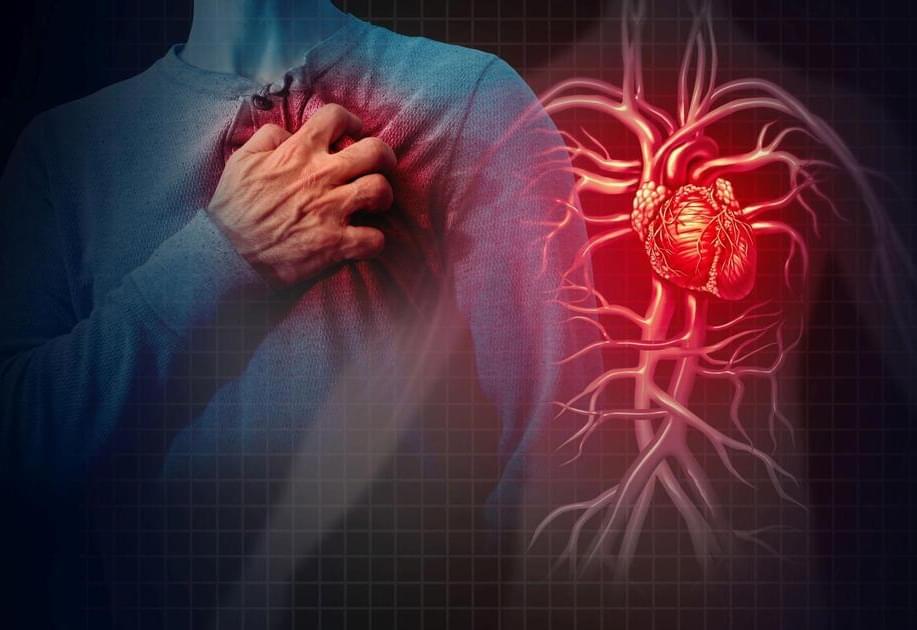400tmax/iStock.
The company has recently announced that they are ready to spin out a new one, Aalyria.

Thankfully, no crew were onboard for what would have been a terrifying ride.
One minute and four seconds after the launch of an uncrewed flight of Blue Origin’s New Shepard launch system on Monday, September 12, the rocket suffered an anomaly.
Explosive footage shows the New Shepard capsule’s solid rocket escape system fire up to safely eject the capsule away from the rocket’s first stage.

Hubble walked so that JWST could run.
The James Webb Space Telescope (JWST) has captured the most detailed and painstakingly sharp images ever taken of the inner region of the Orion Nebula, known as the “picture book of star formation.” The stellar nursery is situated in the constellation Orion, 1,350 light-years away from Earth.
NASA, ESA, CSA, PDRs4All ERS Team; image processing Salomé Fuenmayor.
The images were obtained as part of the Early Release Science program and involved more than 100 scientists in 18 countries, in a collaboration called PDRs4All, according to a release. The team, which comprised institutions including the French National Center for Scientific Research (CNRS), Western University in Canada, and the University of Michigan, started the project in 2017 and waited for five long years to get the data.
This will make solar the cheapest type of clean energy.
The biggest challenge with solar power is that it can be produced only during the day. This is also one of the major reasons why many people and industries abstain from investing in solar panels because they are not a stable source of power. However, 26-year-old innovator and entrepreneur Ben Nowack claims to have developed a method that would allow solar energy production during the night as well.
ILexx/iStock.
Nowack has previously worked at SpaceX and currently, he is the CEO of Tons of Mirrors, a company that he founded with a vision to replace fossil fuels by making solar energy cheaper and more accessible than ever. Tons of Mirrors has plans to install a special setup incorporating large mirrors and a collimator device on the International Space Station (ISS). This setup on ISS would be able to redirect sunlight to solar panels on Earth during the night.

Boron as rocket fuel has been a tough nut to crack.
Rocket scientists in China are working to develop a boron-powered supersonic missile that can fly like a commercial airliner and then swim in the water to act as a torpedo, South China Morning Post.
IStock/AlexLMX
Boron is a highly reactive light element that reacts equally well with water as it does with air to release vast amounts of heat. The U.S. Air Force experimented with boron in the 1950s to increase the power of its supersonic bombers. However, the project was shelved since ignited boron is hard to control and also forms a layer of debris that impacts rocket performance.

Work is afoot to build the necessary instruments to do so.
ETH Zurich, the Swiss federal institute, recently opened its new Center for the Origin and Prevalence of Life, an interdisciplinary institute to analyze the current and future observations of the Earth and the universe. During the opening ceremony, astrophysicist Sasha Quanz said that we might be able to detect the presence of life outside our solar system in the next 25 years, Space.com.
IStock/oorka.
The claim might sound too ambitious, especially when, after years of work, we are still not sure if planets inside the solar system can support life. However, Quanz recollected that it was only the year 1995 that we had discovered the first planet outside our solar system. In less than three decades, we now have a potential list of 100 billion exoplanets to be discovered in the Milky Way galaxy alone.
The new data could help explain why and how solar wind accelerates at great speeds across the solar system.
The European Space Agency’s Solar Orbiter probe made the first-ever remote sensing observation of a solar “switchback”, according to a blog post from the agency.
The ‘first evidence of a switchback in the solar corona’
Source: ESA/ATG medialab.
The new data gathered by the mission sheds new light on a mysterious phenomenon that had only been hypothesized until now. It could help explain how solar wind is propelled across the solar system at incredibly fast speeds.


According to a study presented at ESC Congress 2022, short-term use of non-steroidal anti-inflammatory drugs (NSAIDs) is linked to a first-time hospitalization for heart failure in individuals with type 2 diabetes.
NSAIDs are the most common form of anti-inflammatory medication. The most popular NSAIDs include aspirin, ibuprofen (often known as Advil), and naproxen (known by the brand name Aleve and Naprosyn). However, despite their widespread use, these drugs can have side effects.
“In our study, approximately one in six patients with type 2 diabetes claimed at least one NSAID prescription within one year,” said first author Dr. Anders Holt of Copenhagen University Hospital, Denmark.” In general, we always recommend that patients consult their doctor before starting a new medication, and with results from this study, we hope to help doctors mitigate risk if prescribing NSAIDs.

Summary: Determining the structure of vitronectin, a protein implicated in age-related macular degeneration and some neurodegenerative disorders, and using pressure to alter the protein shape may help in the development of new treatments for AMD.
Source: Sanford Burnham Prebys.
Research led by Sanford Burnham Prebys professor Francesca Marassi, Ph.D., is helping to reveal the molecular secrets of macular degeneration, which causes almost 90% of all age-related vision loss.